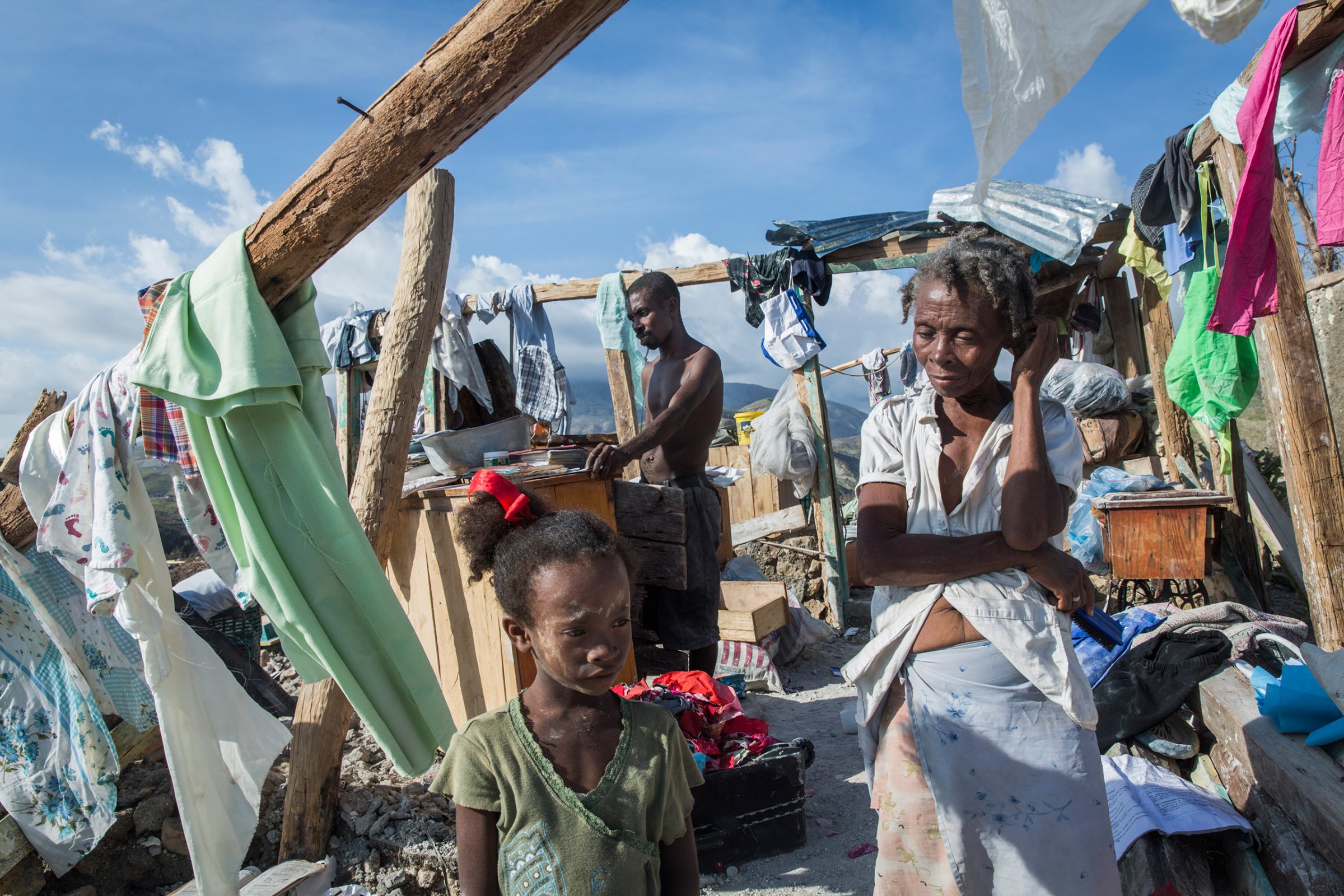
Irish photographer Andrew McConnell was in the Haitian capital, Port-au-Prince, for an assignment about education when forecasters started to track a powerful hurricane forming off of the coast of the Caribbean island. Colleagues he was with decided to leave—they were already due to fly out—but he opted to stay.
“I just perceived it could be a huge disaster and it would need to be documented,” McConnell, who is based in Beirut, tells TIME. “I felt that I couldn’t really leave because this is what I do.”
A hurricane was the last thing the island needed. It never fully recovered from the devastating earthquake in 2010 and has continued to suffer from a cholera outbreak tied to infected United Nations peacekeepers and claims of political corruption. And yet, on Oct. 4, a deadly mix of rain and powerful wind tore into Haiti’s southwestern tip at a strength not seen there in more than 50 years, killing more than 1,000 people. In the capital, he says, “the roads turned to rivers.”
The day after the storm, he left Port-au-Prince with a local man he had been working with; they headed as far west as they could in a car. He also traveled with an Iranian photographer based in Haiti, Bahare Khodabande, who he called a huge help in navigating the region. Forty miles from the capital, and having seen intensifying signs of destruction along the way—homes were flattened and crops were destroyed—a bridge that had collapsed stood in the way between them and the worst of the storm’s wrath.
A day later, the river had gone down enough that the crossing was passable, so they continued south to Les Cayes. With the city serving as his base for the next week, he went out each day as far as he could. “Each day as I move a few more miles down the road, it just becomes more and more severe,” he recalls.
He reached Roche-a-Bateau, among the hardest-hit areas. With another bridge down, he took a road up into the mountains, where he saw homes gutted with their belongings strewn all around. “It’s like something from a movie,” he says. “Everything is broken and scattered for as far as the eye can see.”
At one point, he stopped the car and approached a young girl who was standing on the ledge of where the doorstep of her home had been, looking out at the landscape. Her grandmother was nearby doing the same thing as a man in the background rummaged through a chest of drawers. “They all just seemed in a bit of a daze,” he says. “It was just visually so powerful because the frame of the house was still there, so you could see the outline, but everything else is gone.”
McConnell speaks limited French but said bonjour and apologized for their current situation, adding that he hoped for a speedy recovery. The woman showed him what was left of her home, the contents of which were displayed over what had been their garden. The family was “incredibly friendly,” he says. “For all the sadness and destruction I’ve seen, the spirit of the Haitians is still very strong—and to be greeted with a welcome and a smile in the middle of this, when you least expect it, is really something I’ll never forget.”
Later, heading back to Port-au-Prince, he thought about the little village. “It must have been such an idyllic place to live,” he says. “The front of the house looks over the sea and the back of the house looks out to the mountains. Before this happened, it must have been a paradise, and I hope it will be for them again.”
Andrew McConnell is a photographer based in Beirut and represented by Panos. Follow him on Instagram @andrewmcconnellphoto.
Andrew Katz is TIME’s International Multimedia Editor. Follow him on Twitter @katz.
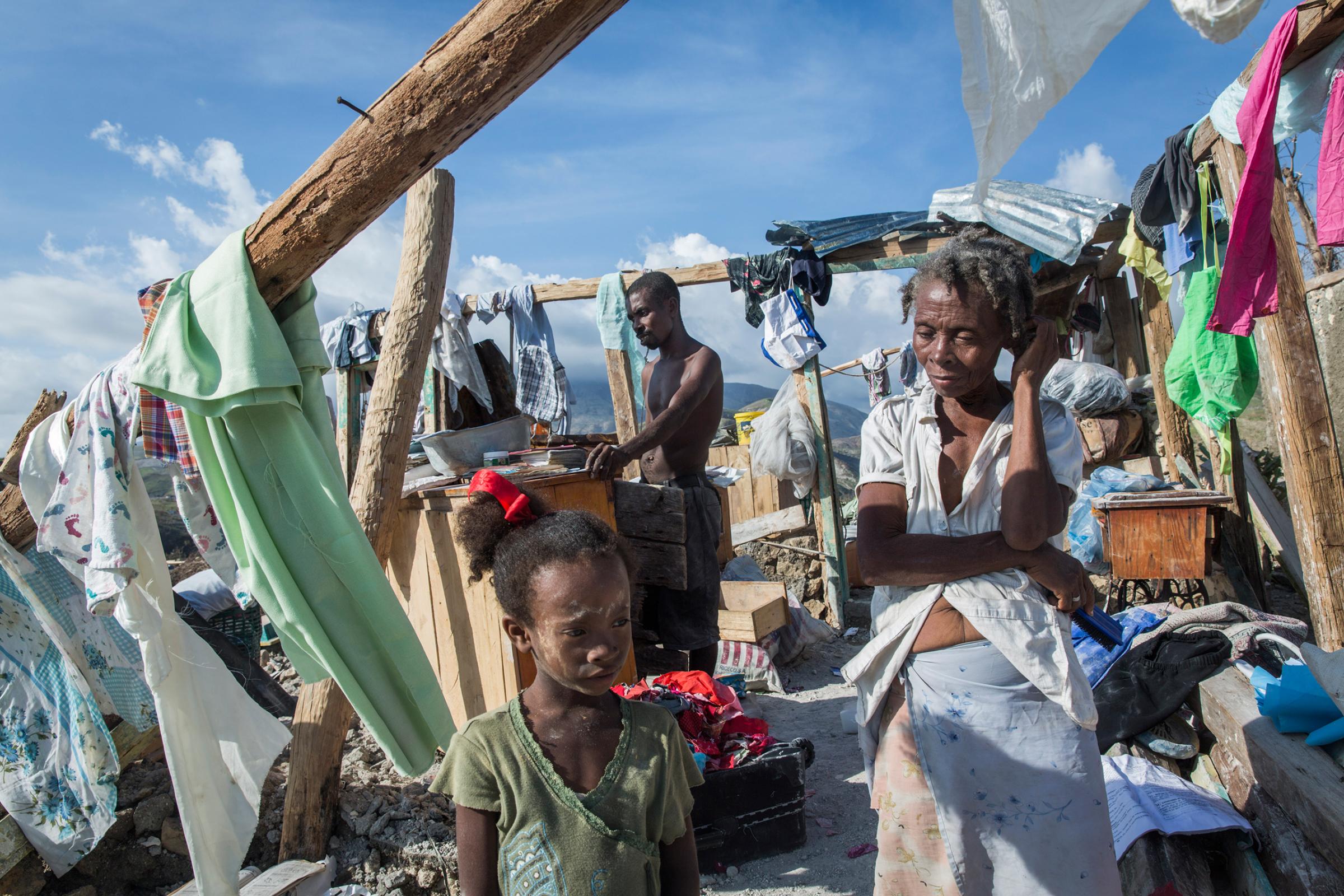
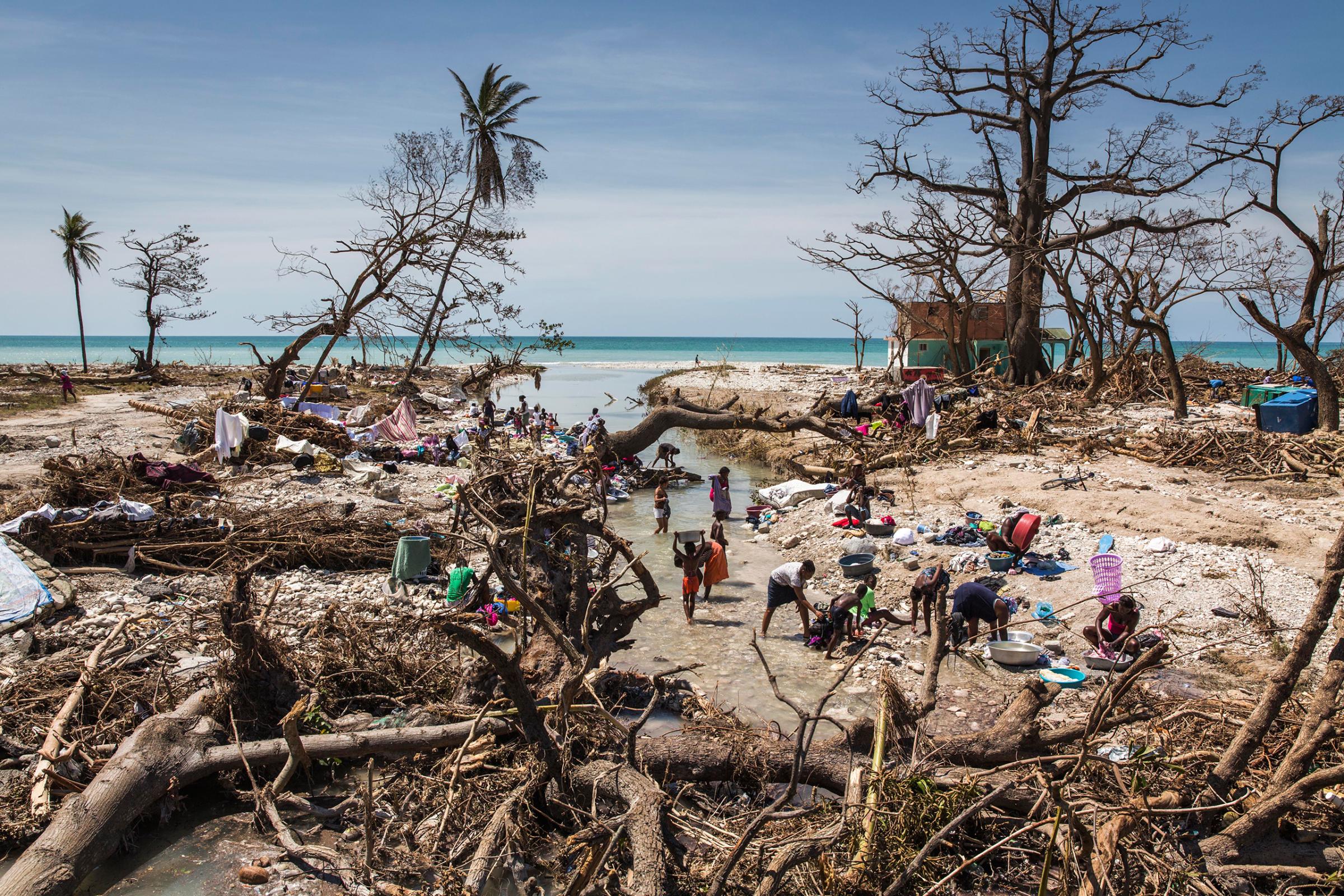


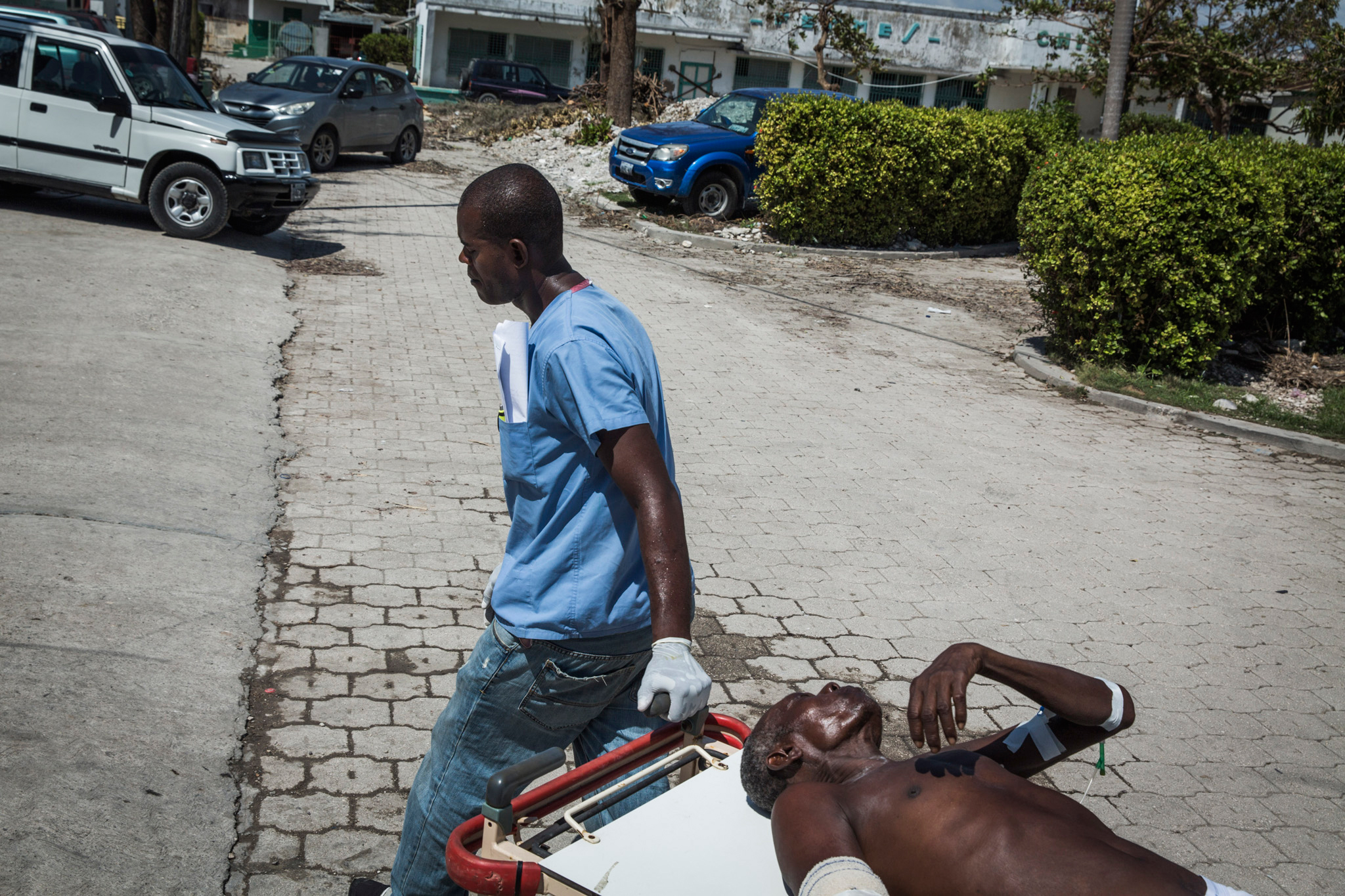
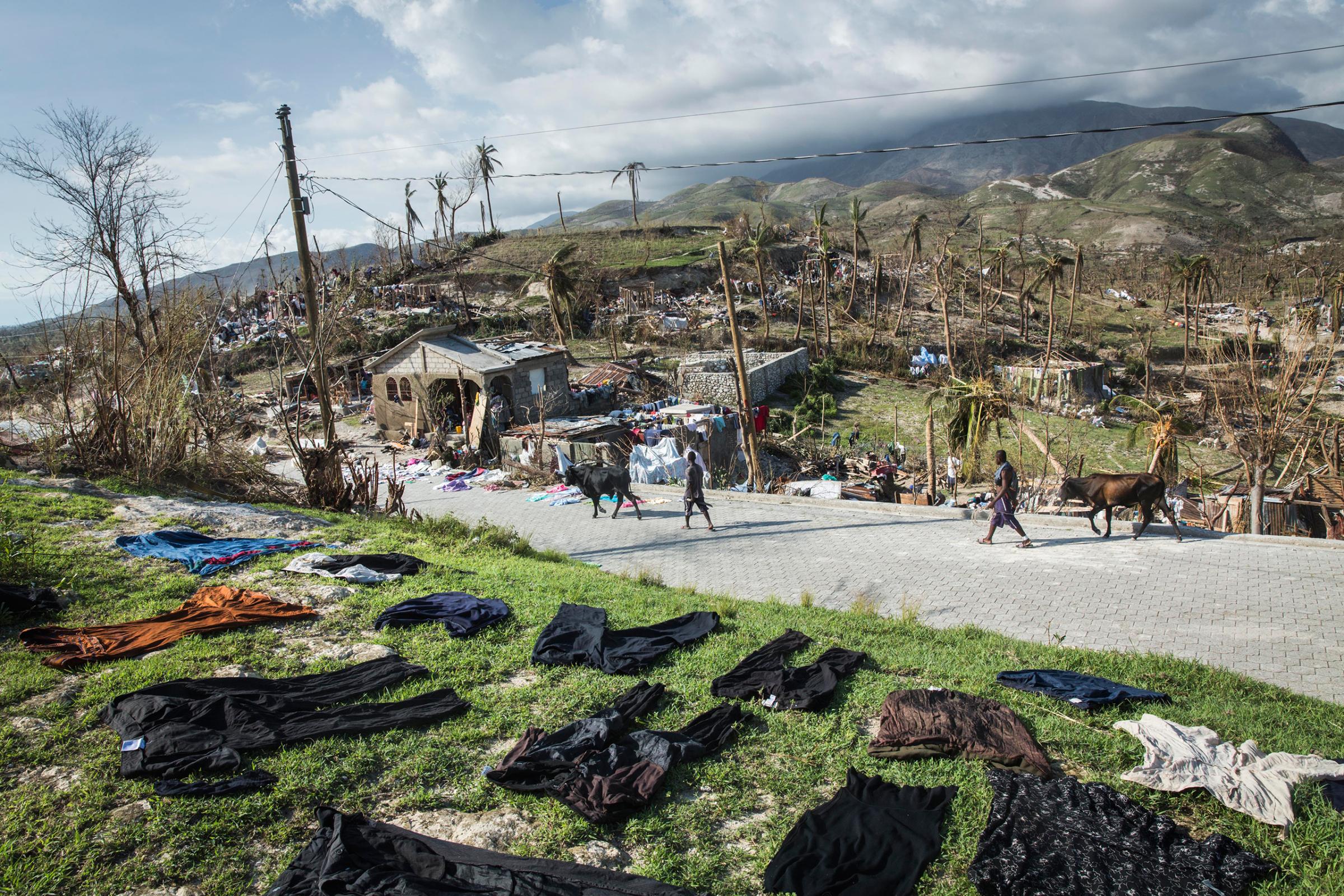


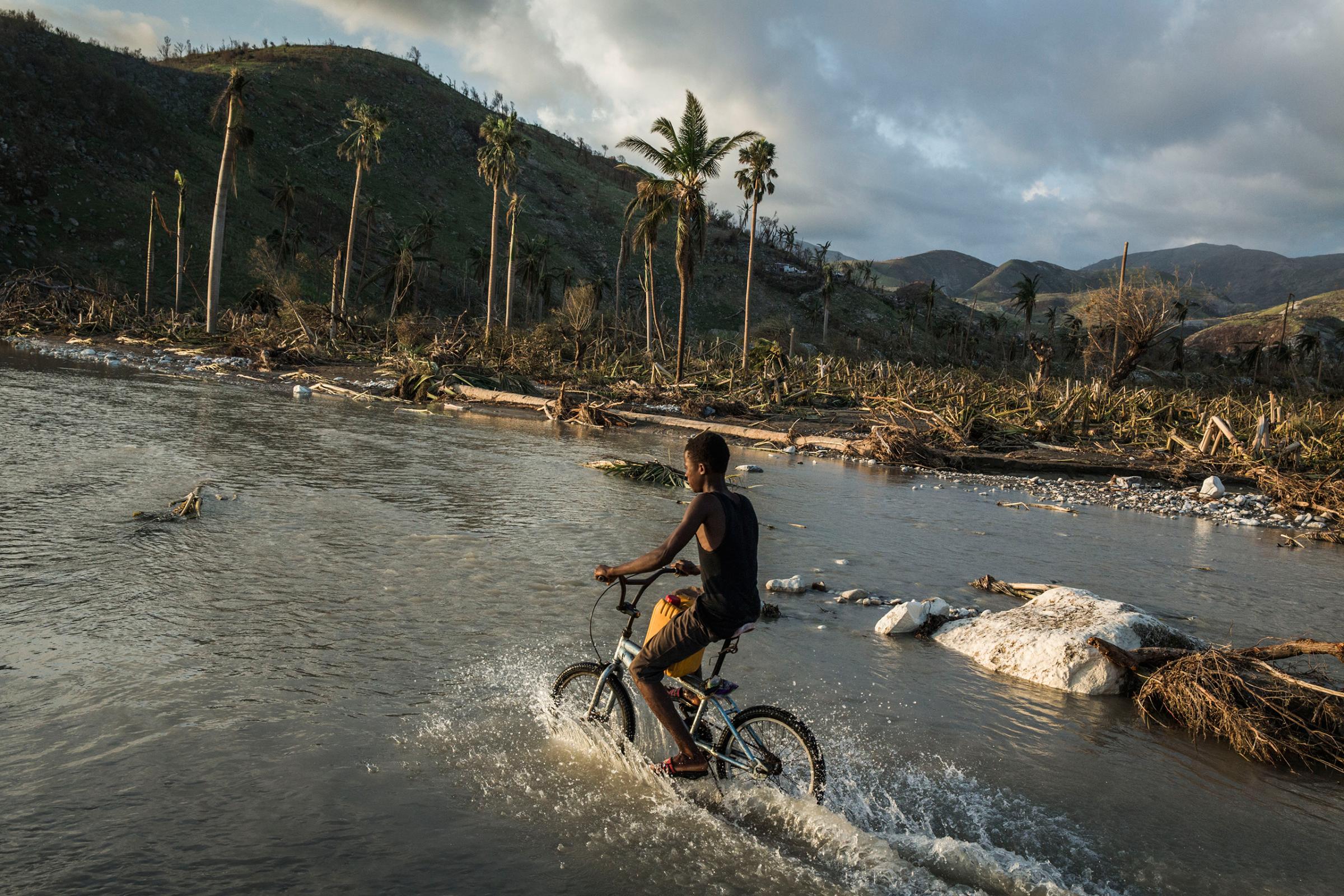
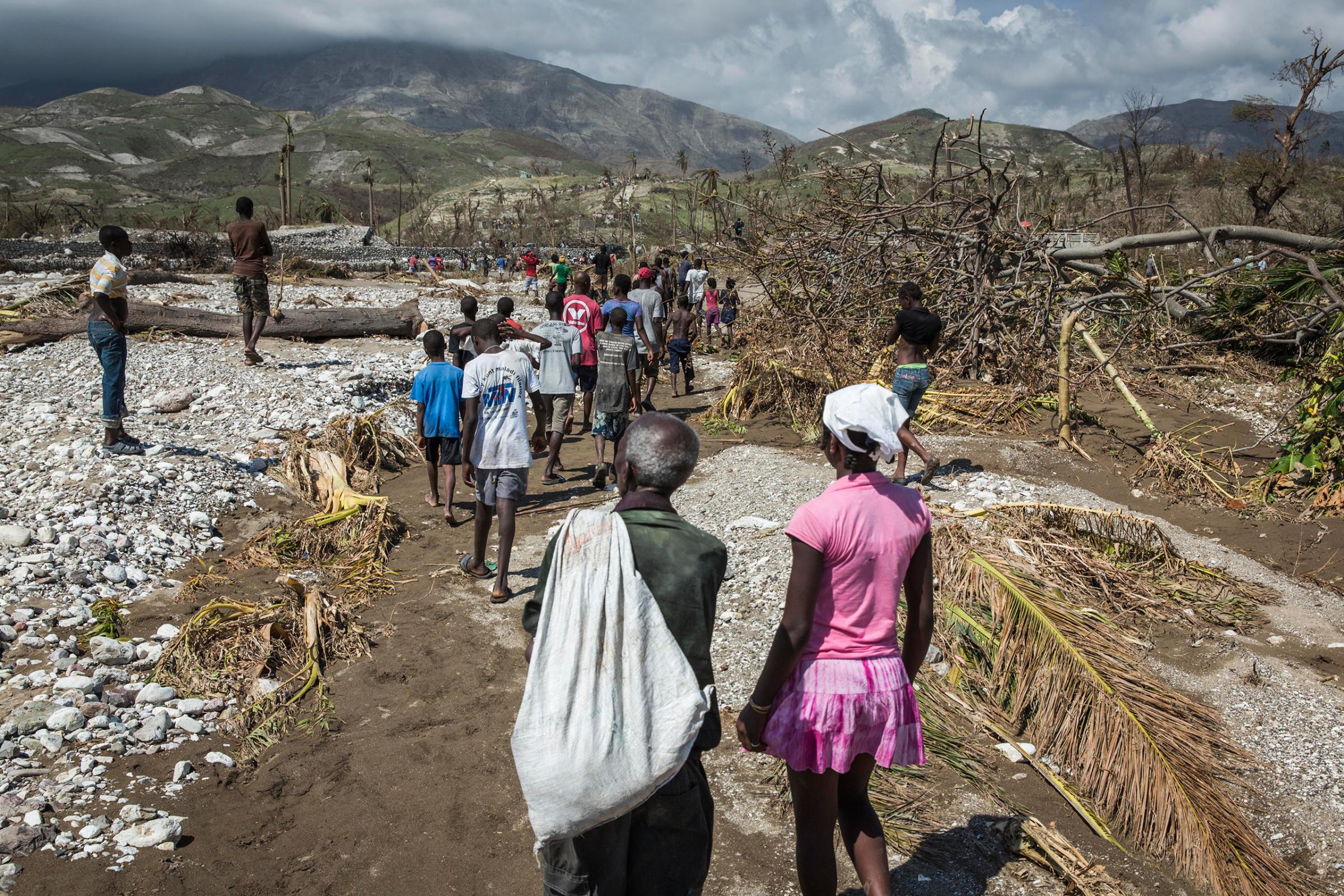
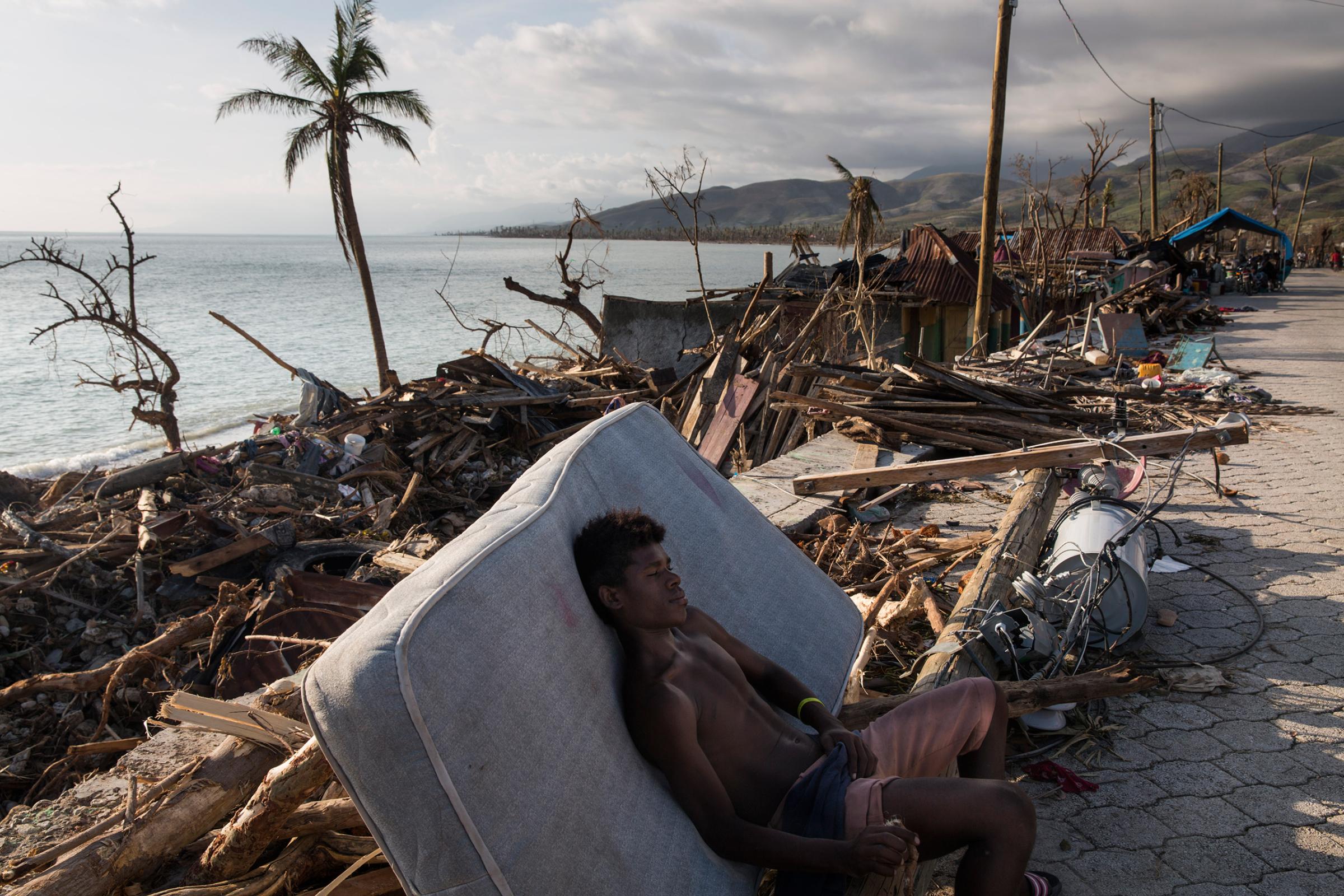
More Must-Reads from TIME
- Donald Trump Is TIME's 2024 Person of the Year
- Why We Chose Trump as Person of the Year
- Is Intermittent Fasting Good or Bad for You?
- The 100 Must-Read Books of 2024
- The 20 Best Christmas TV Episodes
- Column: If Optimism Feels Ridiculous Now, Try Hope
- The Future of Climate Action Is Trade Policy
- Merle Bombardieri Is Helping People Make the Baby Decision
Contact us at letters@time.com